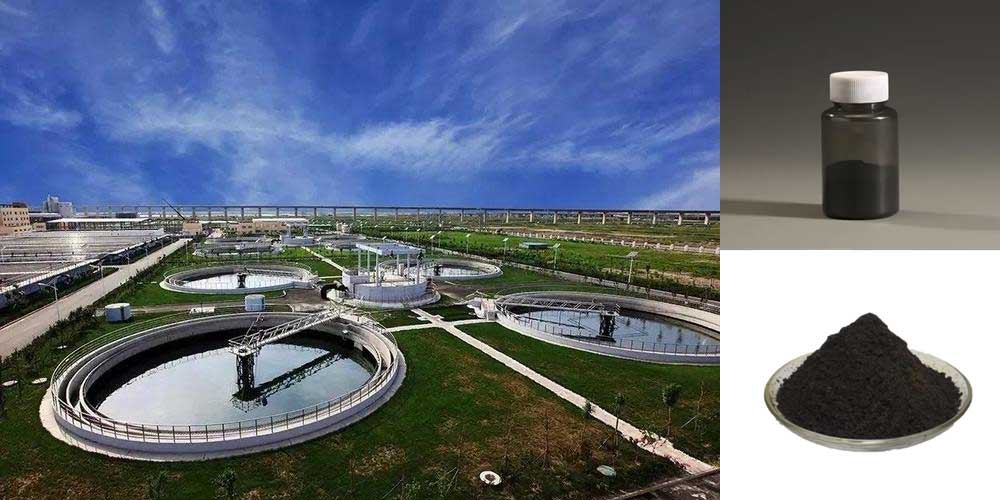Ferric Chloride is a chemical compound with the formula FeCl3. It is widely used in water treatment processes as a coagulant due to its effectiveness in removing impurities and contaminants from water and generally works better in cold water than alum. About 93% of ferric chloride is used in water treatment, i.e. wastewater, sewage, cooking water and drinking water. Ferric chloride is mainly used in solid form as a solution for water and wastewater treatment.
Application of ferric chloride in water treatment:
1. Coagulation and Flocculation: One of the primary uses of ferric chloride in water treatment is as a coagulant. When added to water, ferric chloride reacts with water to produce ferric hydroxide and the latter adsorbs suspended particles, organic matter, and other impurities to form larger, heavier particles called flocs. These flocs can then settle more easily during sedimentation or filtration processes, allowing for the removal of impurities from the water.
2. Phosphorus Removal: Ferric chloride is particularly effective in removing phosphorus from water. Phosphorus is a common nutrient found in wastewater, and excessive levels can lead to eutrophication in receiving water bodies. Ferric chloride forms insoluble complexes with phosphorus, which can then be removed through precipitation or filtration, helping to reduce phosphorus levels in water.
3. Heavy Metal Removal: Ferric chloride is also used to remove heavy metals, such as arsenic, lead, and mercury, from water. These metals can be highly toxic and pose serious health risks if present in drinking water. Ferric chloride forms insoluble metal hydroxides or metal oxychlorides, which can then be removed through precipitation or filtration processes, effectively reducing the concentration of heavy metals in water.
4. Color and Odor Removal: Ferric chloride is effective in removing color and odor-causing compounds from water. It oxidizes organic compounds responsible for color and odor, breaking them down into smaller, less objectionable substances. This process helps improve the aesthetic quality of water, making it more suitable for drinking, industrial, or recreational purposes.
5. pH Adjustment: By controlling the pH, ferric chloride can optimize the performance of other treatment processes, such as coagulation, flocculation, and disinfection. Ideal pH range can help create the ideal conditions for the removal of impurities and contaminants from water.
6. Disinfection Byproduct Control: Ferric chloride can help control the formation of disinfection byproducts (DBPs) during water treatment. When used in conjunction with disinfectants such as chlorine, ferric chloride can reduce the formation of DBPs such as trihalomethanes (THMs) and haloacetic acids (HAAs), which are potential carcinogens. This improves the overall safety and quality of drinking water.
7. Sludge Dewatering: Ferric chloride is also used in sludge dewatering processes in wastewater treatment plants. It helps to condition the sludge by promoting the formation of larger, denser flocs, which settle more rapidly and release water more efficiently. This results in improved dewatering performance and reduced sludge volume, making it easier and more cost-effective to handle and dispose of the sludge.
Ferric Chloride plays a crucial role in various aspects of water treatment, including coagulation, phosphorus and heavy metal removal, color and odor removal, pH adjustment, disinfection byproduct control, and sludge dewatering. Its versatility and effectiveness make it a valuable chemical in the treatment of both drinking water and wastewater, helping to ensure the safety, quality, and sustainability of water resources.
Post time: Apr-25-2024


